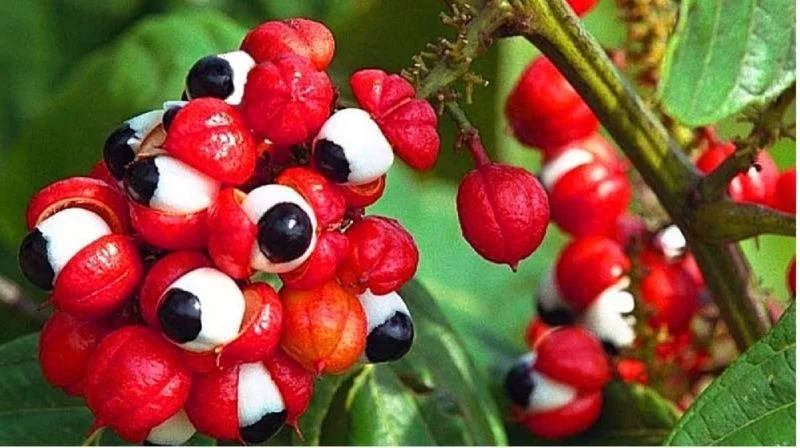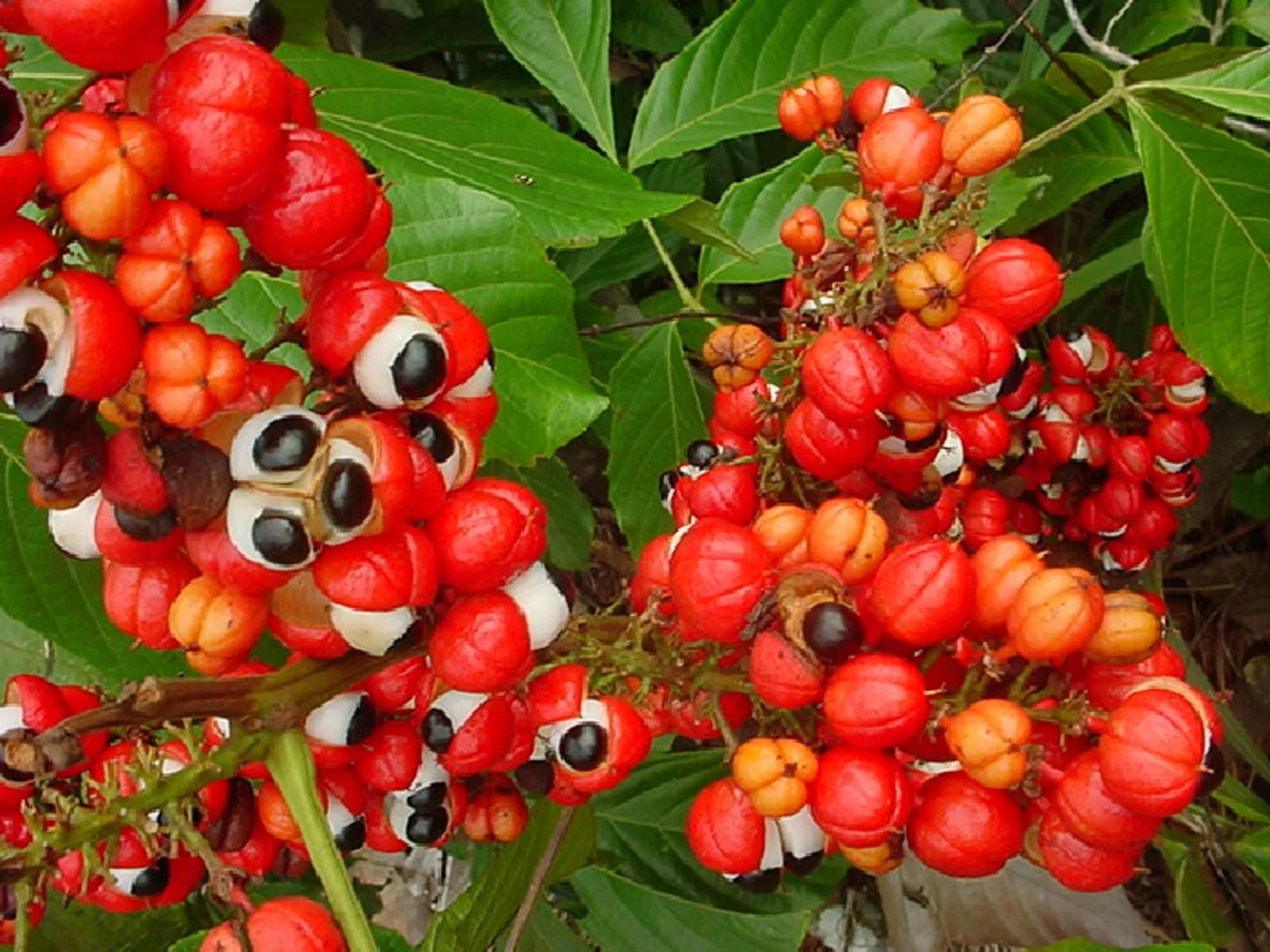TONIC IN FOCUS: Guaraná
For the first 36 years of my life, my only interactions with guaraná came in the form of highly processed, commercialised energy drinks, with only a handful of these tasted in the last decade. If you’d asked me what guaraná was, I don’t know if I could have even told you it was a plant. I certainly wouldn’t have been able to come close to justifying it’s incredibly rich history, medicinal properties and cultural significance.
Hailing from deep in the Amazon rainforest, guaraná (paullinia cupana) is a climbing vine, bearing incredibly beautiful flowers and fruit. A native to the Amazon basin and cultivated in Brazil and Venezuela, the Maué peoples of this region, uncovered guarana's potential centuries ago.
Traditionally, guaraná has held a revered status among Indigenous communities for its medicinal properties. This plant is packed with one of our dearest psychoactive allies, caffeine and it’s less-renowned cousin, theobromine, both natural stimulant compounds that provide sustained energy and mood-boosting effects to those who consume it. The rainforest's pharmacopeia presents to you, in the form of guaraná, a synergistic blend of these compounds, harnessed by healers, shamans and regular Amazonian folks, to treat a myriad of ailments and enhance vitality over centuries.
Guaraná is entrenched in the creation story of the Mawé peoples of the Amazon with ancient beliefs, attributing its existence to a divine child whose eyes birthed the very seeds that would become a source of energy for generations. When you look at the resemblance of the striking red fruit to eyeballs and feel the profound psychoactive effects, it is easy to understand why this plant was held in such high esteem in Indigenous jungle culture.
Guaraná is contains the highest amount of caffeine of any known plant, - in some cases more than four times more than what is found in coffee. However, the caffeine (nervous system stimulant) and theobromine (cardiovascular stimulant) together make for a ‘clean’ energy hit with the high fat content of guaraná seeds making it’s absorption into the body slower, similar in effect to another ancient plant medicine, cacao. This makes guaraná a reliable plant ally in a modern context, for increasing positive mood, sharpening focus, providing sustained energy and delaying fatigue.
However, the narrative for this ancient super berry has taken a modern twist as over the years, guaraná has entered into the realm of global commerce. The energy drink industry, driven by a demand for quick vigor, has tapped into and capitalised on, the plant's seemingly limitless potential. Guaraná's once-sacred status has become compromised, its essence diluted in a sea of artificial additives and sweeteners, targeted at children and teenagers in Western cultures through highly processed, unethically marketed and generally unhealthy, addictive beverages. Issues have also arised surrounding the industrial scale farming of guaraná in South America to fuel the demand for the plant extract by the energy drink industry. Land degradation and labour exploitation have proliferated to match the growth in popularity of guaraná.
The commodification of the guaraná plant extract adds a further layer to the greater conversation around our environmental impact and exploitation of the such a critical natural resource as the Amazon rainforest. The guaraná plant, once a symbol of balance and tradition, now finds itself at odds with the frenzied pace of the energy drink market. As consumers, we must grapple with the consequences of our choices, recognising the delicate equilibrium between harnessing nature's resources and respecting its intrinsic value.
In the midst of this evolution, guaraná's story echoes the broader dilemma of balancing progress with preservation. The caffeine and theobromine within its seeds, once agents of vitality in harmony with the rainforest, now serve as a lens through which we can contemplate the ethical complexities surrounding modern consumption and the fragile ecosystems that bear the brunt. Sharing this plant in it’s traditional form and opening up this dialogue is a key piece of healing the dissonance which has grown between us a species and our environment.
It’s a real treat to have this long-revered and potent plant tonic on offer to the folks on Yuin Country here in NSW, Australia, to continue conversations around health sovereignty and how we can use Indigenous wisdom in sustainable and ethically appropriate ways.
Thanks to Nil from Maués in Brazil for farming this incredible plant and for Mirella, the Brazilian expat in Australia for sharing your knowledge and the medicine to make this possible.




